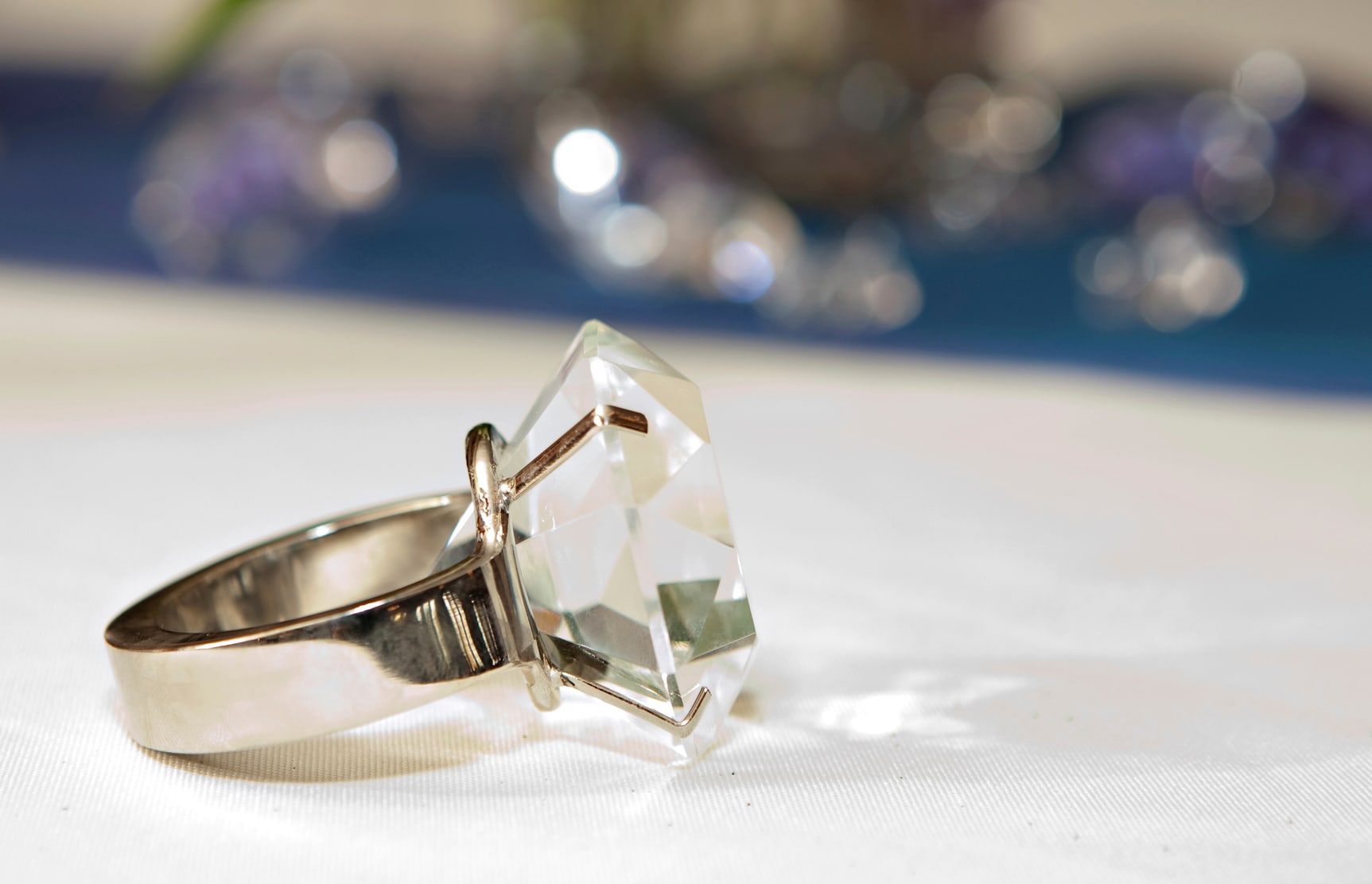 Mining.com reports that Petra Diamonds has found a 138.57-carat white diamond. The company recently sold a 121.26 carat white diamond recovered from the same mine for $6 million. Last November, the world’s second largest gem quality diamond ever recovered, the 1,109-carat “Lesedi La Rona” was discovered at Lucara’s Karowe Mine. In addition to the Lesedi la Rona, two other huge diamonds were recovered from the same mine within 72 hours; a 374 carat unnamed diamond and an 812.77 carat diamond called The Constellation, according to the BBC.com article, Why have so many huge diamonds been found recently?
Mining.com reports that Petra Diamonds has found a 138.57-carat white diamond. The company recently sold a 121.26 carat white diamond recovered from the same mine for $6 million. Last November, the world’s second largest gem quality diamond ever recovered, the 1,109-carat “Lesedi La Rona” was discovered at Lucara’s Karowe Mine. In addition to the Lesedi la Rona, two other huge diamonds were recovered from the same mine within 72 hours; a 374 carat unnamed diamond and an 812.77 carat diamond called The Constellation, according to the BBC.com article, Why have so many huge diamonds been found recently?
It’s been more than 100 years since diamonds of such size have been discovered—the largest gem-quality diamond, the Cullinan diamond in the British Crown jewels, was found in 1905. The BBC piece explains that it may have something to do with changes in the way kimberlite ore is processed. Modern industrial mining techniques use explosions to extract kimberlite ore, followed by crushing machines to break it down to 30mm before putting it through a sorting machine to test its density and see if it contains any diamonds. Although diamonds are one of the hardest materials, they do break. Because their machine was potentially crushing large diamonds, Lucara bought an X-ray machine to detect the carbon in the ore. The Constellation and Lesedi la Rona discoveries soon followed. (We wrote about the Lesedi la Rona in A Diamond the Size of a Tennis Ball.)
Despite the fact that the Lesedi la Rona failed to meet the minimum bid at auction, public interest in diamond jewelry doesn’t appear to be waning. Data published by The De Beers Group of Companies indicates that U.S. consumer demand for diamond jewelry remains strong. To help meet the demand, synthetic stones, including high-pressure high-temperature (HPHT) diamonds and laboratory-grown diamonds formed by Chemical Vapor Deposition (CVD), are gaining in popularity. In fact, the technology has improved so much that these products are nearly indistinguishable from natural diamonds without the help of Fourier Transform Infrared spectroscopy.
FT-IR spectroscopy produces an infrared absorption spectrum that represents a fingerprint of the sample, with absorption peaks which correspond to the frequencies of vibrations between the bonds of the atoms making up the material. Infrared spectroscopy can often detect the presence or absence of trace compounds that may be due to either the natural or synthetic process that created a specific gemstone. FT-IR is also useful in classifying different types of jade, rubies, and sapphires.
Read Analysis of Diamonds by FT-IR Spectroscopy and Analysis of Rubies and Sapphires by FT-IR Spectroscopy to learn more.



Leave a Reply